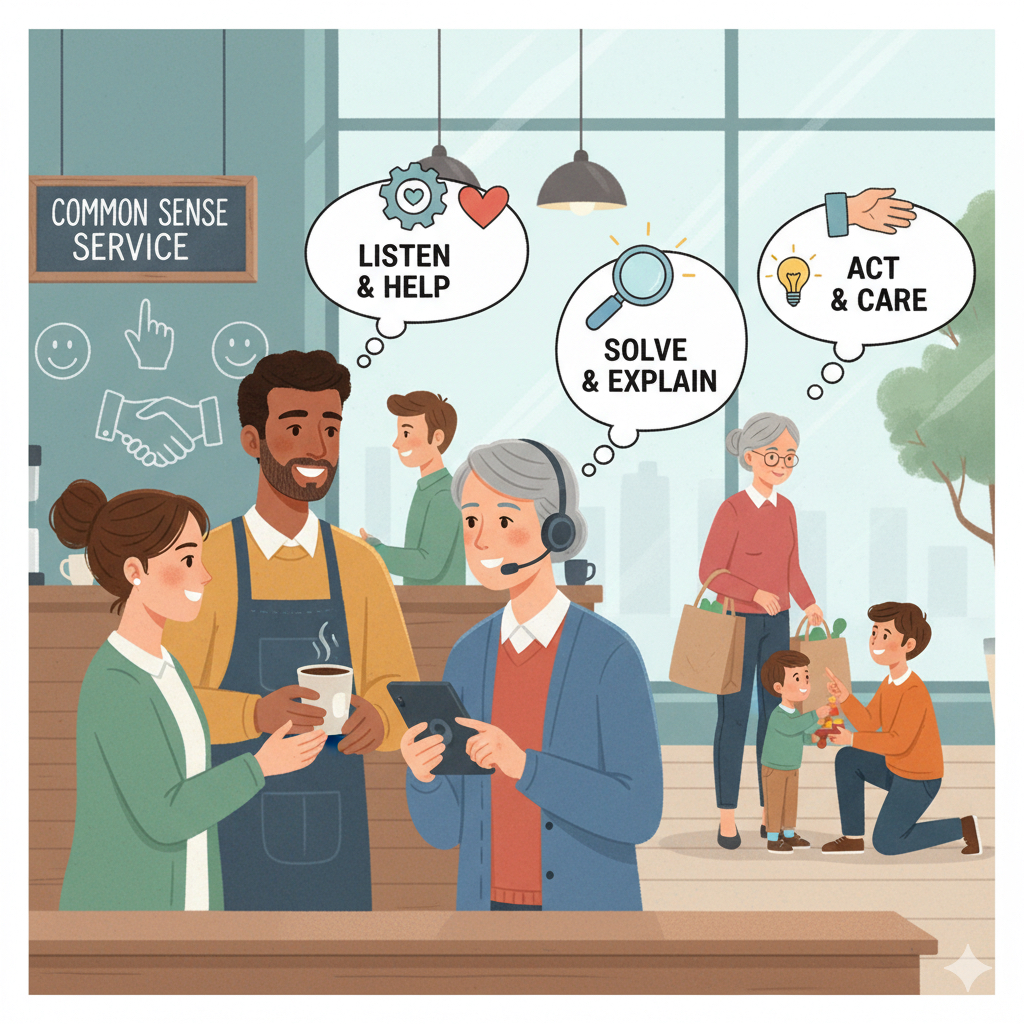I will never forget a conversation I had with a business owner who told me, “We don’t need to train for service. It’s just common sense.” He truly believed every employee knew how to treat clients the “right way.” Six months later, that same business was fighting churn, morale was low, and clients were quietly walking away.
The problem wasn’t effort; his team was trying. The problem was alignment. What felt obvious to one employee wasn’t obvious to another. To some, “great service” meant smiling at the customer.
To others, it meant fixing problems quickly. For most, it still meant being friendly no matter what. And that is the issue with having no clearly defined service identity. The problem is not that they are wrong, but that they are not the same either. Everyone thought they were right, but the client felt the inconsistency.
Why “Common Sense” Is Dangerous
Often, leaders assume service is natural, something you either
“have” or “don’t.” But service isn’t instinct; it’s identity. And when it’s not clearly defined, three problems follow:
- Inconsistency: Clients never know what to expect, which erodes trust.
- Confusion: Employees default to personal preferences rather than company standards.
- Lost Revenue: Inconsistent service looks like a risk to clients, and risk kills retention.
Defining What Great Looks Like
Service only becomes consistent when it’s defined, taught, and reinforced. Companies that scale retention create what I call a Service Identity Blueprint—a shared definition of what “great” looks like, written into processes rather than just words on a poster.
For example:
Chick-fil-A didn’t just hope “my pleasure” would catch on. It became part of on-boarding, training, and daily reinforcement.
The Ritz-Carlton doesn’t just ask its staff to “care.”
They’ve defined exactly what care looks like at every stage of
When service is defined, everyone rows in the same direction.
Employees feel confident. Clients feel secure. And trust turns into repeat business, referrals, and measurable revenue growth.
If you’ve ever thought, “It’s just common sense,” it’s time to pause, because it could be why you continue to struggle with inconsistency. What’s “obvious” to you isn’t obvious to your team, or to your client. Retention starts with clarity, not assumptions.

